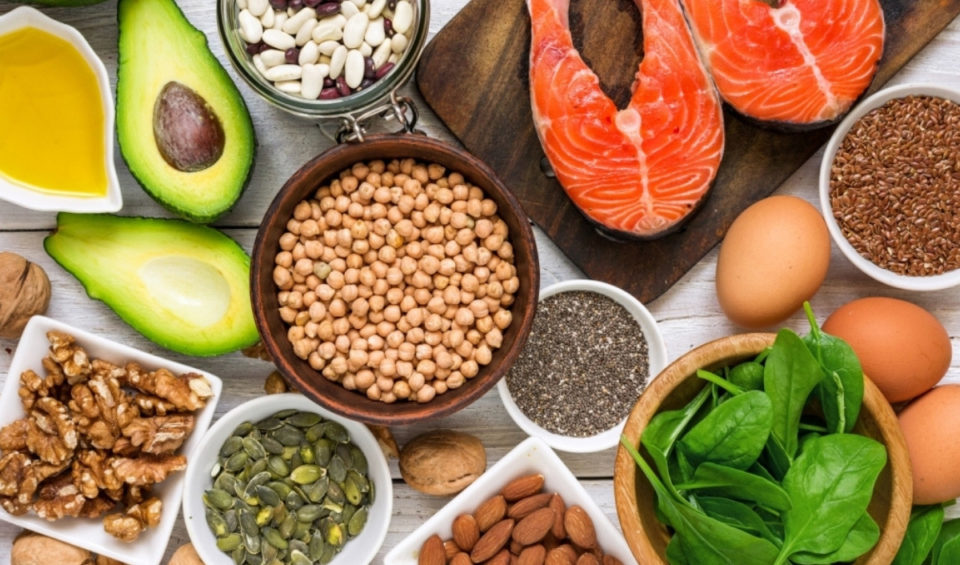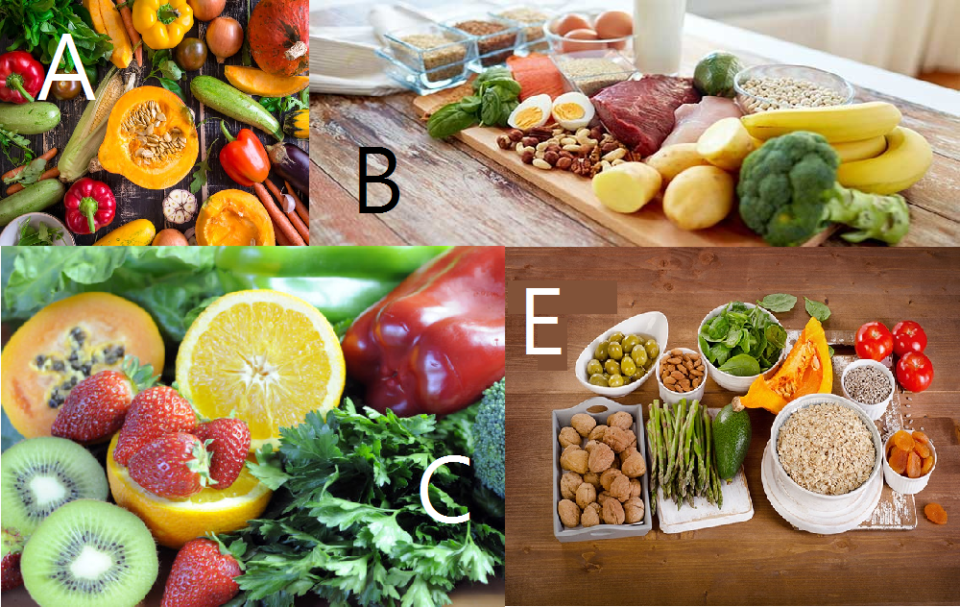As I mentioned previously, nutrition is poorly understood by most people. The reason for this is simple: it’s just really, really complicated. There are a huge number of different nutrients that all have their own function in the body. You need each one in a specific amount, and they interact with one another. So just about any bodily ailment can be the result of nutrition imbalance, and it’s difficult to pinpoint exactly what your body needs more or less of. My goal for this article is to give you a better understanding of just the basics, which are well understood, so that as we dive deeper into how the body works you can make better informed decisions.
So what are nutrients? They are any substance that you ingest to provide some benefit for your body. They come in six main categories, all of which are important. The first and most important nutrient is water.

All life began in the ocean, and all life requires water to survive. It should come as no surprise then that our bodies are mostly water, and we need to replenish with water frequently. We pee every day to get rid of waste, so if we go even a few days without water, our blood pressure drops too low and we die (more on that later).
The next three categories of nutrients are called macronutrients, because we need them in large quantities to survive. Carbohydrates are our main source of energy, because they can be quickly be broken down for immediate usage, and any excess is stored for later. Common examples of carbs are grains, sugar and produce. They are divided into simple and complex carbs, the latter generally being better for you for reasons I’ll discuss in another article. “Energy” refers to calories, and it is a measure of our currency used to perform actions. To maintain our weight, we must consume the same number of calories that we expend. One gram of carbs gives us four calories.
Protein is the building block for our muscles, as well as enzymes and just about everything else in our body. Common examples are meat, fish, eggs, dairy, nuts and beans. One gram of protein gives four calories. Digestive enzymes break dietary protein down into amino acids, which are like lego blocks used to make all the different protein structures our body needs. There are 22 such amino acids, nine of which cannot be synthesized and must be consumed. Foods that contain all nine of these “essential” amino acids are considered complete proteins, but it is better to consume different types of protein to get all of your micronutrients, which we will discuss shortly.
Fats are the last macronutrient, and they provide nine calories per gram. For this reason they are an important part of the diet in order to get enough energy, but they have many other functions. Digestive enzymes break them down into different forms which help to form cell walls and hormones, promote vitamin absorption, improve nerve function, and more. One fat related term that gets a bad reputation is cholesterol, which is essential for many hormones. The reason for this is that LDL’s, low-density lipoproteins, can cause cholesterol to accumulate in your arteries and form plaques that lead to heart disease and stroke. There is a lot of contention around this subject, but the general consensus right now is the following: dietary cholesterol is not bad for your heart, and most of the fat you consume should be unsaturated, “good” fat. Below is a picture of key good fat foods:

The last two categories of nutrients are micronutrients, because we only need very tiny amounts to be healthy, but they are still vital. Vitamins are all the “organic” micronutrients, meaning they contain carbon and are easily degraded by the elements. For this reason frozen produce is often more nutritious because the vitamins are preserved until ready to consume. There are six main groups of vitamins: A, B, C, D, E and K. B and C are water soluble, meaning they dissolve easily in water. As a result they can easily enter your bloodstream, which is mostly water, but any excess gets excreted by your kidneys. For this reason they must be replenished frequently. The rest of the vitamins are fat soluble, meaning they need fat for absorption, and any excess is stored in your fat cells to be doled out slowly as needed (one reason why a little body fat is a good thing). This also means they can accumulate to dangerous levels, so ask your doctor before taking supplements with fat soluble vitamins.
Vitamin A is important for eye health and vision. The 12 different B vitamins all have similar but distinct roles in metabolism, from extracting energy from food to facilitating new cell growth. Vitamin C has many functions including wound healing and immune function. Vitamin D helps your body absorb calcium but has other functions as well. Our skin can actually make all the vitamin D we need through sun exposure, but because we either wear sunscreen or don’t get out enough the government began fortifying milk with it years ago. Drink milk! It gives you plenty of water, protein, calcium and vitamin D (no wonder all baby mammals drink it). Vitamin E is a powerful antioxidant, which means it protects your cells from damage caused by things like smoking, radiation and cancer promoting foods. Vitamin K is essential for blood clotting, but the required intake is so much lower than other vitamins that it’s usually not a nutritional deficit. Below is a diagram showing which foods are rich in which vitamins:

Minerals, unlike vitamins, are inorganic, meaning they retain their form for long periods of time. As the name implies they exist in abundance in the ground, where they are absorbed by the plants we eat. There are too many essential minerals for me to list here, so I will only cover the ones we need the most of. Our three main electrolytes are sodium, potassium and chloride. You’ve all heard the word, but what is an electrolyte? It is an electrically charged particle that attracts or repels water. Why is this important? Your body tightly regulates its electrolyte balance to constantly shift water in and out of your cells and circulation to maintain blood pressure, transport nutrients, make urine and more. But we lose electrolytes in our urine and sweat, which is why Gatorade is marketed as a superior rehydrator to water. Table salt is nothing more than sodium chloride, so we don’t really have to worry about getting enough of those. Potassium can be found in foods such as bananas, tomatoes, leafy greens, potatoes, and dairy.
Two other crucial minerals that many people don’t get enough of are calcium and iron. Calcium is essential for strong bones and for helping your muscles contract, and is found most abundantly in dairy, soy and leafy greens. Iron is necessary for healthy red blood cells, which carry oxygen all throughout our body. Meat is an excellent source of iron because the muscle tissue requires iron for oxygen transport as mentioned, but vegetarians can still get enough from vegetables, legumes and grains.
So what is the takeaway? There are many different ways to eat healthy, but the cold hard facts are these: you should only eat as many calories as your body needs, but you also need to get all your nutrients while doing so. The best way to achieve this is through balance. Eat a wide variety of foods, and don’t eat too much of any one food. Diets that tell you things like “no dessert ever” or “fat is the enemy” are poorly informed, because all nutrients are essential, and a little indulgence is fine as long as you make smart choices. Each meal should have a good balance of carbs, protein and fat, and ideally a couple fruits and vegetables. I will come back to nutrition several times because it is so important, so expect separate articles on blood sugar and diabetes, as well as tips for how to eat healthy on a budget. Tune in next month to learn how your heart works and how to keep it healthy and strong!
Super informative